How to Eat the Most Delicious Korean Rice Ever! (Stone-pot Rice)
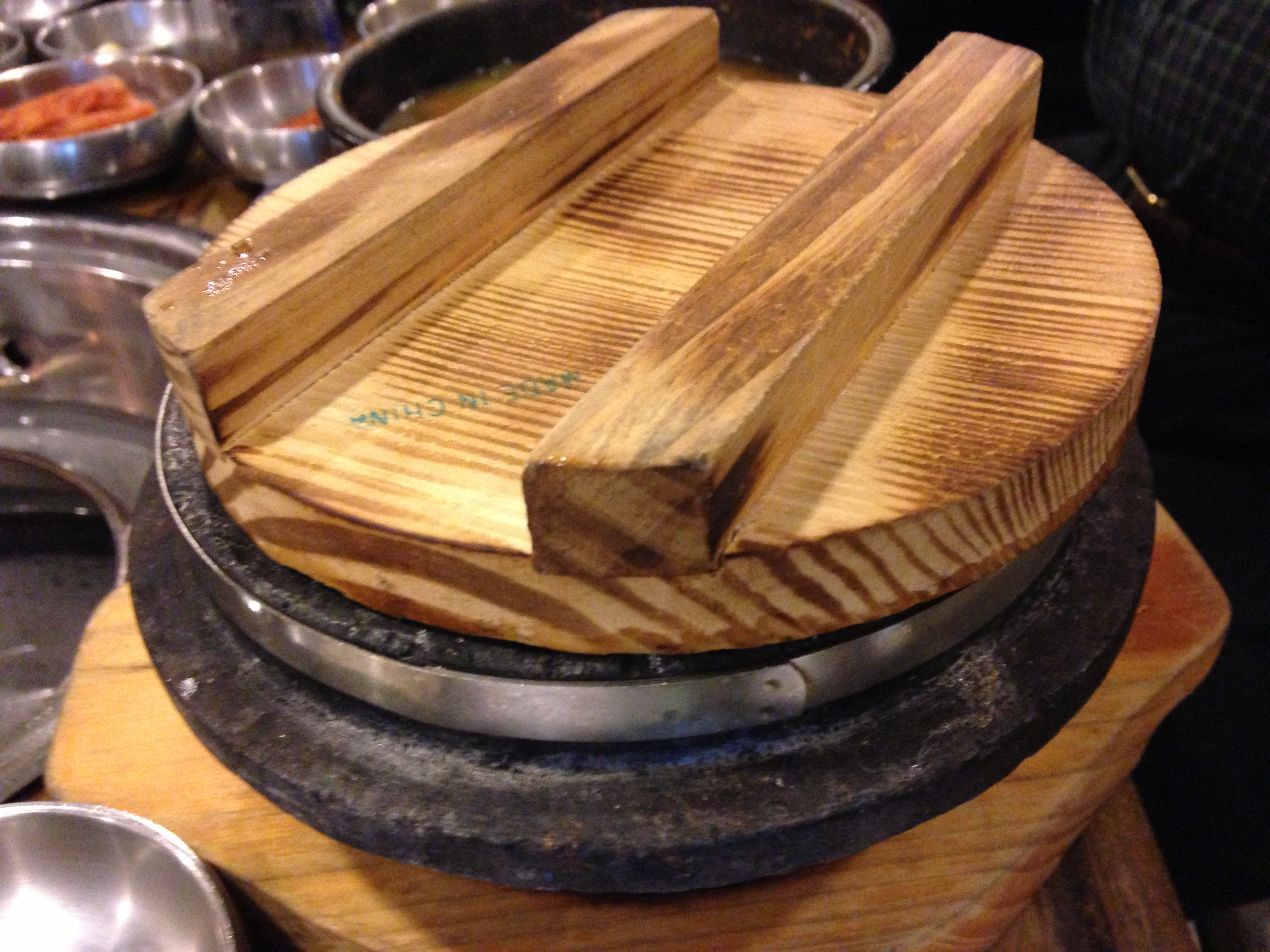
Cover it up while you're eating the soft stuff :)
You may have heard of dolsot bibimbap (돌솥 비빔밥). You know, the bibimbap that comes in a stone pot still cooking while it’s on your table. But just dolsot bap (돌솥밥) aka stone pot rice is a different experience. It also comes in a stone pot, but this time with just rice (sometimes with extra beans, dates and other goodies inside). And this rice, most will agree, is tons more delicious than just your regular ol white rice. Plus it’s fun to eat as well as uber delicious!
Ok, enough of that. Let’s get started!
Step 1: Take out the rice.
The rice will come out piping hot from the kitchen and will be super hot to the touch (don’t touch the pot!). But that’s why it’s so good. It’s piping hot, and super steamy and warm. And many Koreans believe that’s when the rice tastes best (right after it’s done cooking!). Since it’s so hot, the rice will stick to the sides of the bowl. But don’t worry about that (that’s the fun part!). Just scoop out all the rice you can (without scraping the rice stuck to the pot) into the extra bowl they give you.
Step 2: Pour Tea/Water into the Stone-pot and Cover!
This is the fun part (plus, it’s simple and intuitive)! After you’re done scooping deliciousness (piping hot rice) out of the bowl, pour in the tea/hot water given to you. The rice that’s stuck to the side of the bowl will be your measuring line. Pour until all the rice that’s stuck is touching the water. Since it’s a stone-pot, it’ll stay hot for a long time. Enough so that the water you pour in will boil! And that’s going to soften up the leftover pot-hugging rice. And to make sure it’ll cook well, put the lid back on top and let that rice sit in it’s own jjimjilbang :).
Step 3: Eat and Wait
Now is the time to eat the rice you scooped out. The rice will come with some other food to eat, be it a jjigae or side dishes. But don’t be fooled, the rice is equally the main focus. It’s most delicious when it’s steaming hot. So good that you could probably just eat it by itself. Delicious rice of universe, we swear! But while you’re eating, you’re also waiting for the pot to do some magic inside. And usually, once you’re done eating the soft stuff, you’re pretty much ready to move on to the next step! Isn’t it amazing how this is all timed perfectly? 😀
Step 4: Open and Eat Again!
The pot should be boiling by now (if it’s not, wait until the water boils — just a little is fine). The rice that was stuck to the bowl should be softened up like a newcomer to jail. And that means you can scrape the sides of the bowl and get your groove on with the last part of the dish — nureungji (누릉지)! This somewhat crunchy rice with tea/water is one of the most classic ways to finish up a Korean meal. It really warms the stomach and is definitely a fantastic finishing touch to your Korean meal.
And just for the ooo and ahhh factor, here’s a video of it in action 🙂
Well that’s it! Have you ever eaten this? Want to try it out? Let us know in the comments!

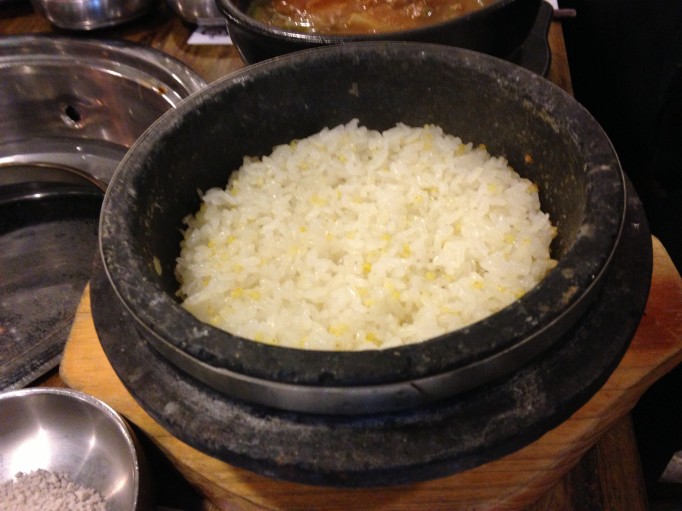
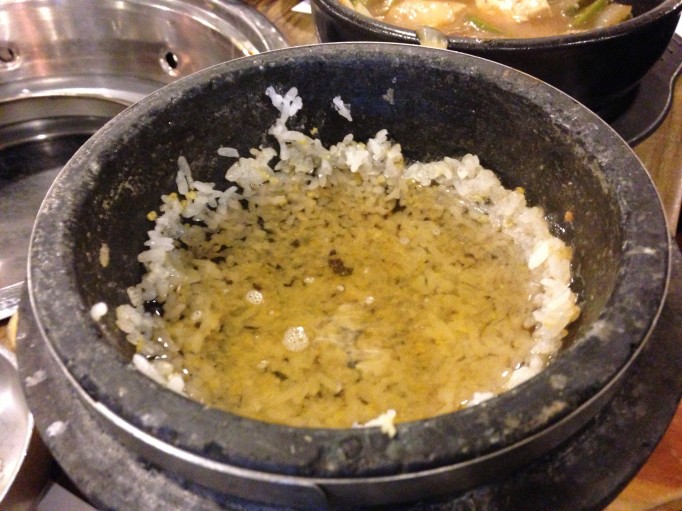
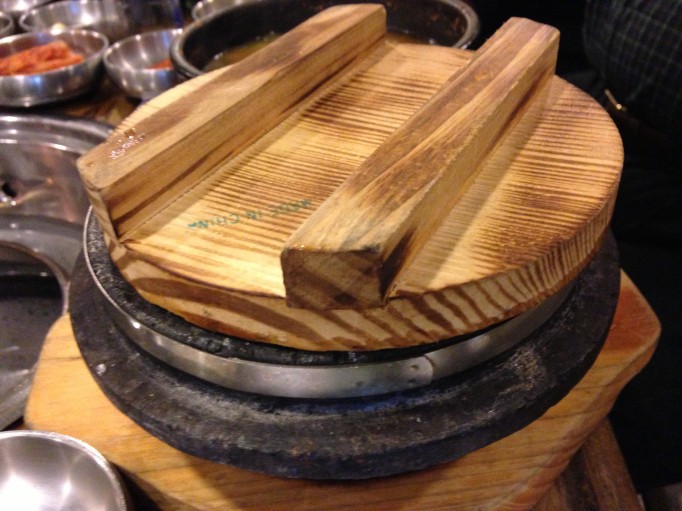
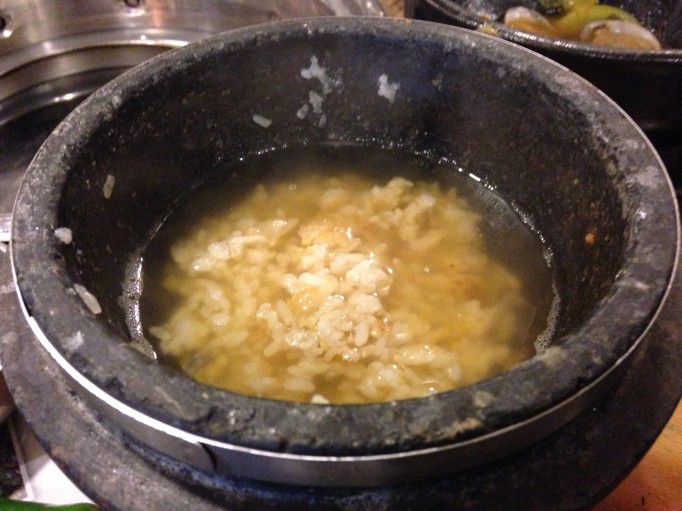




6 Comments
I really want to try this out when I can
and I think Koreans are right, rice tastes best right after it’s been cooked!
yeah here in dominican republic we screap the rice that is left stuck in the boul and add this to our meals
Is more delicious if you eat this with some beans ^.^
We have something similar (being Chinese) but I never liked the rice like that. I think I’m one of the few people who think it tastes off. But it’s cool to know that different cultures have the same thing
…wow. I’ve been eating this type of rice at chinese restaurants for years and it has NEVER occurred to me to put in the water like that -_- thanks for the tip because I am definitely trying this next time.
any recommendation on where i can get stone pot rice?
They also have a similar tradition in many middle eastern countries, called tahdig in Persia, they also prize the crispy browned rice in the bottom of the pot, but I think they might fry the rice in a bit of oil before they cook it, therefor adding a different flavor. …plus saffron is very common.